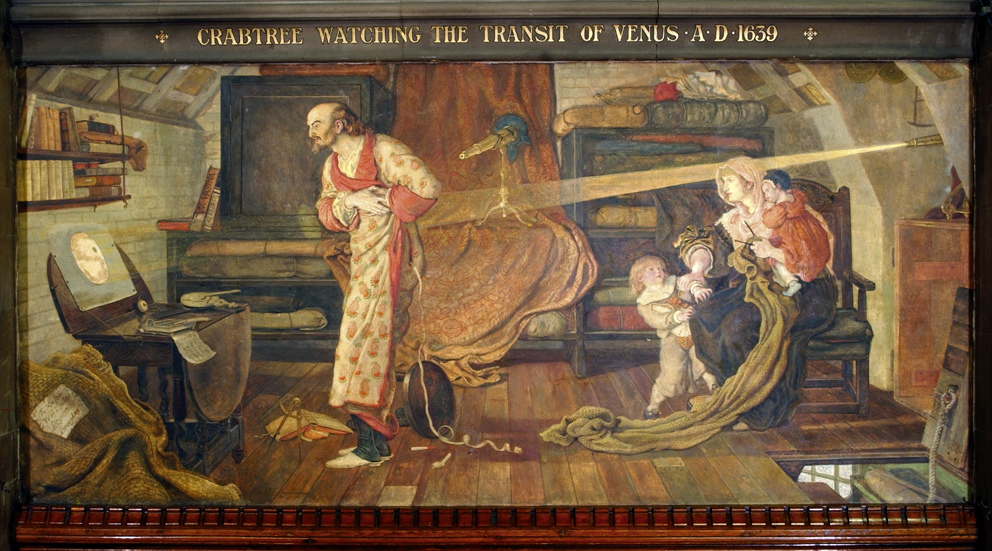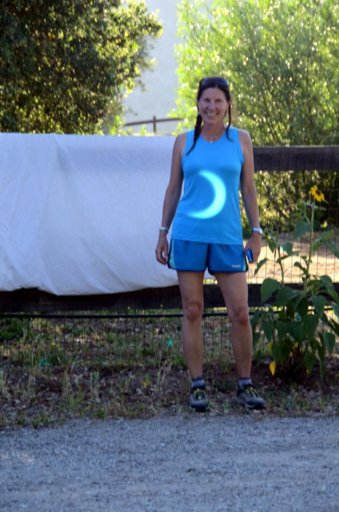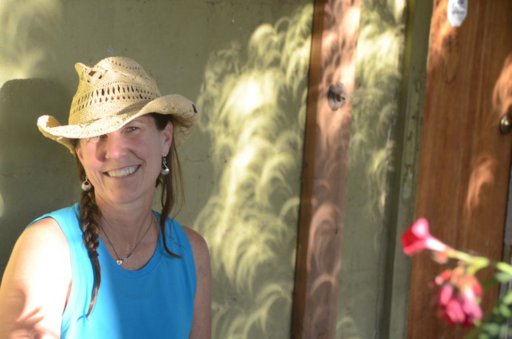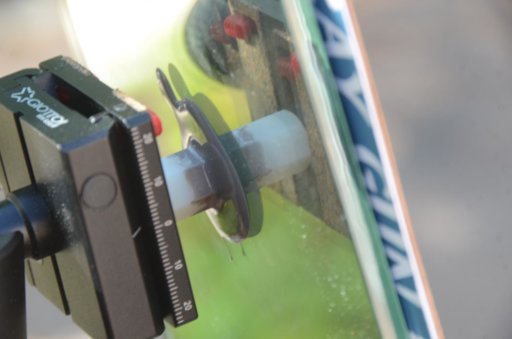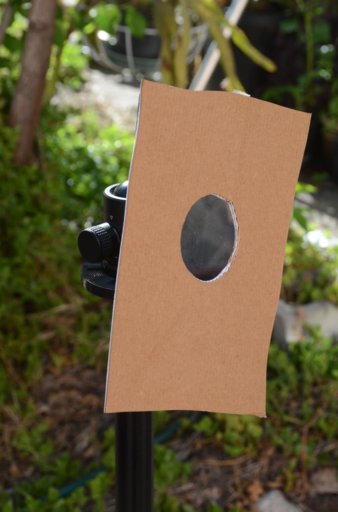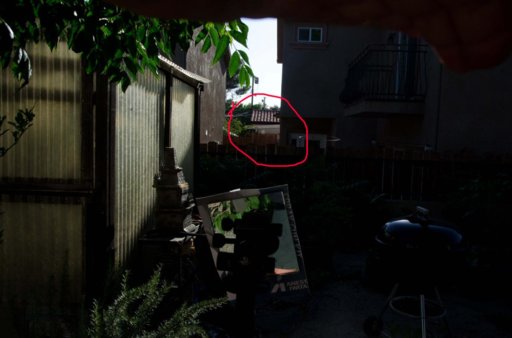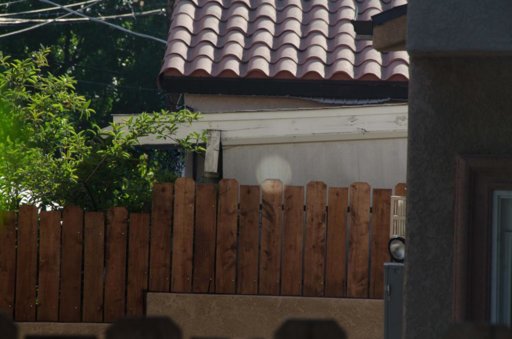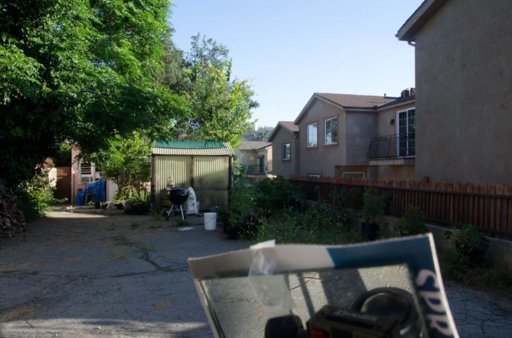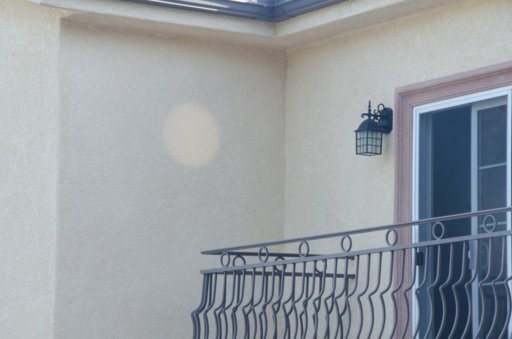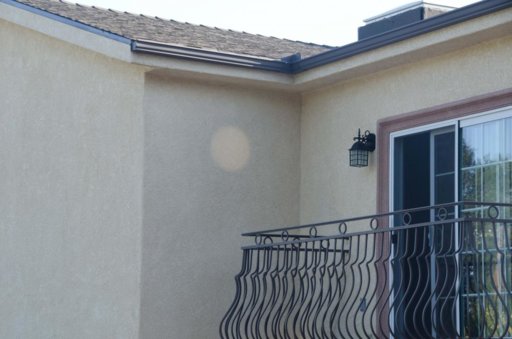Leifer
Senior Member.
I witnessed the May 20th 2012 eclipse through an unconventional manner.....while this method is known, it's not reported on, all that much.
Suggestions are "welding glasses #14, camera filters, and pinhole viewing.
Here's what we did......super easy.
I learned about it when in middle school during another eclipse. Actually, I discovered it myself, playing around with a mirror in science class.
Suggestions are "welding glasses #14, camera filters, and pinhole viewing.
Here's what we did......super easy.
I learned about it when in middle school during another eclipse. Actually, I discovered it myself, playing around with a mirror in science class.

